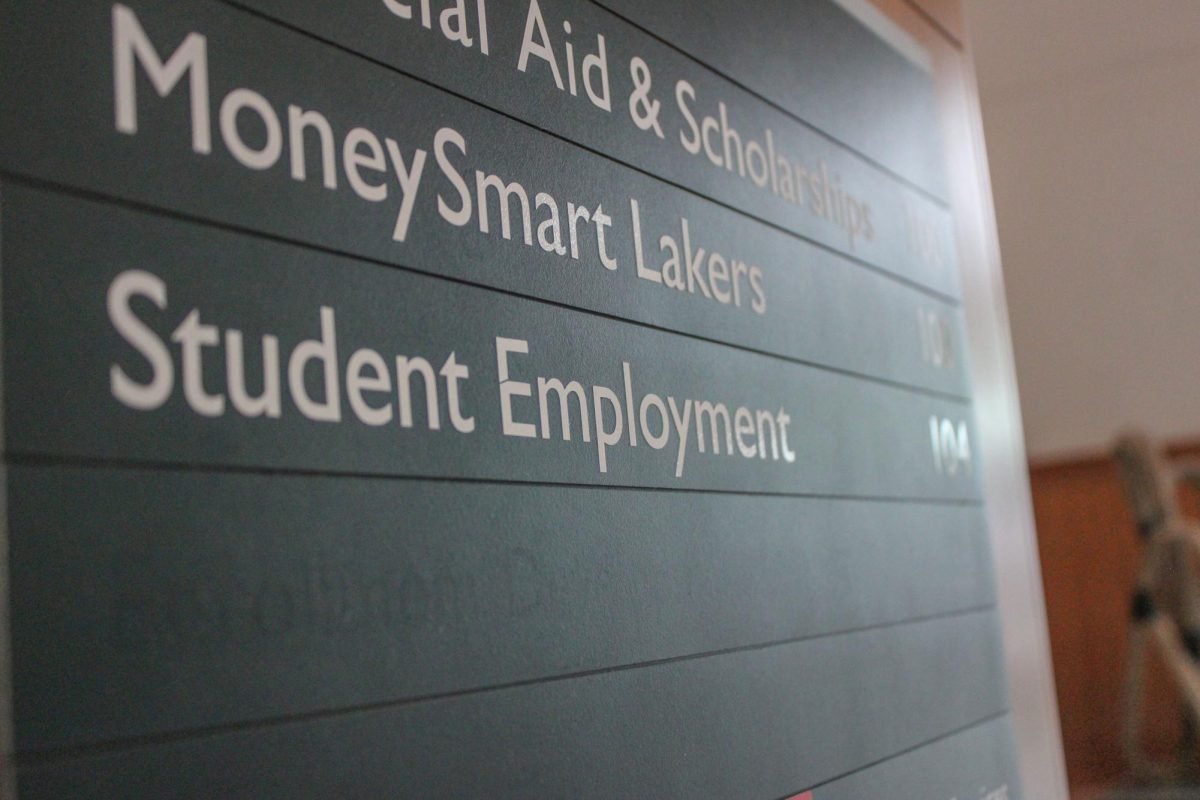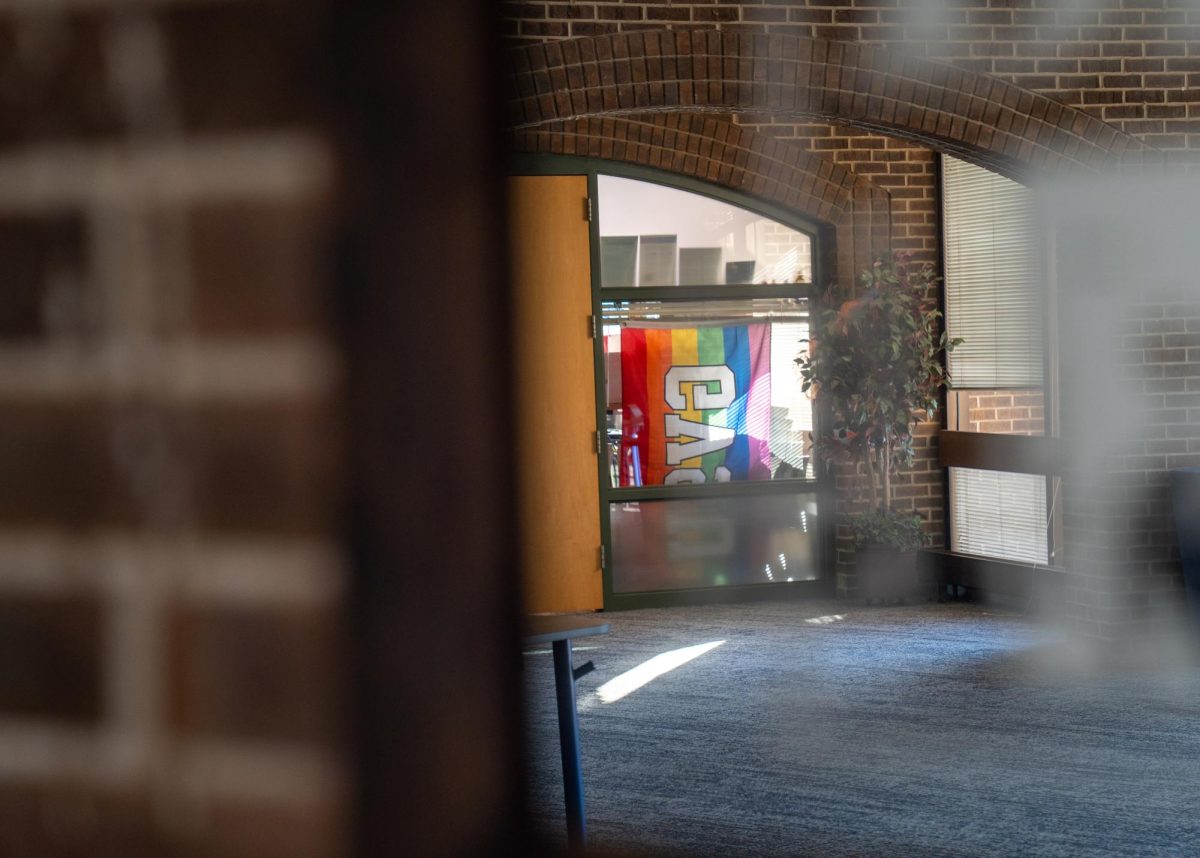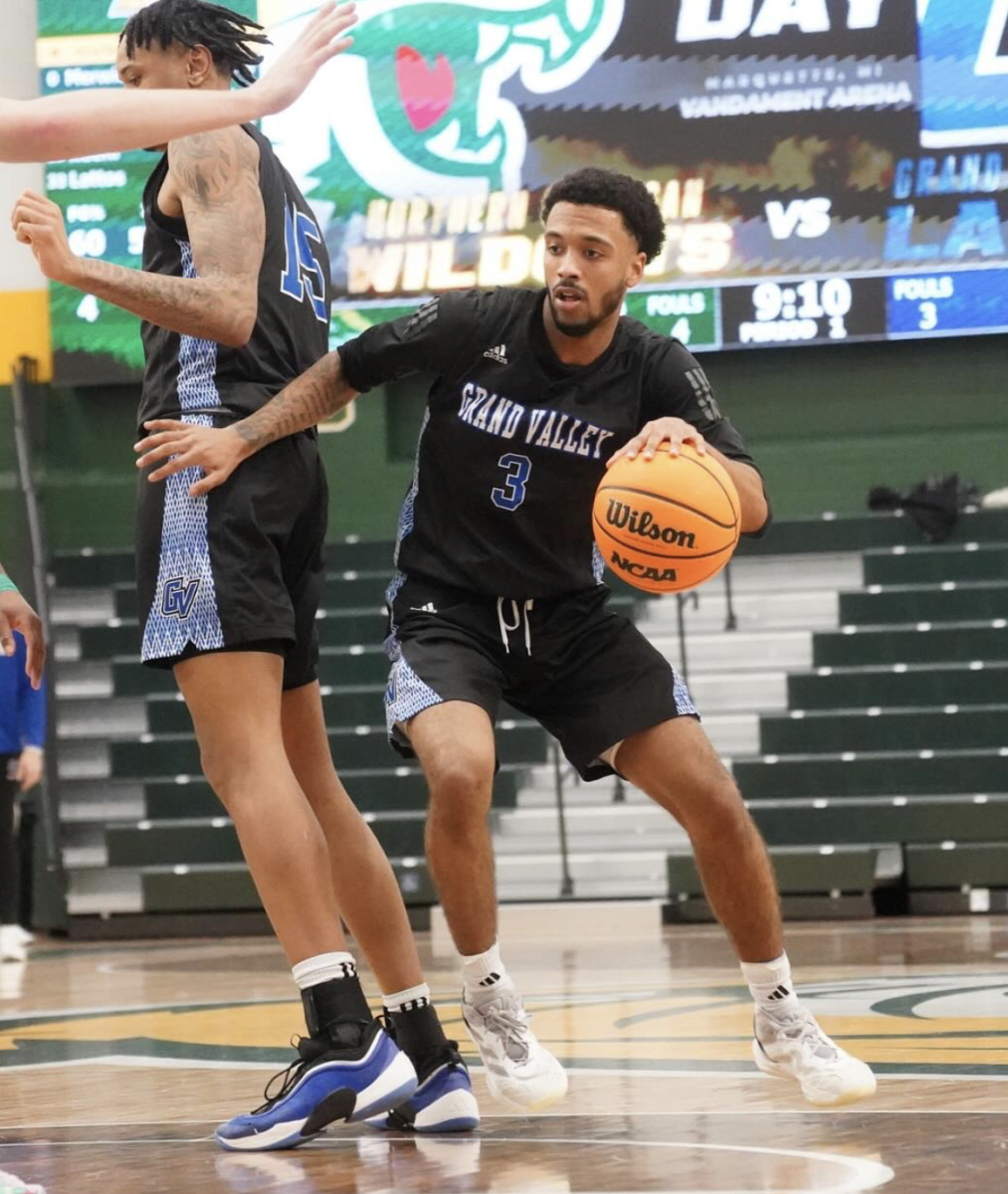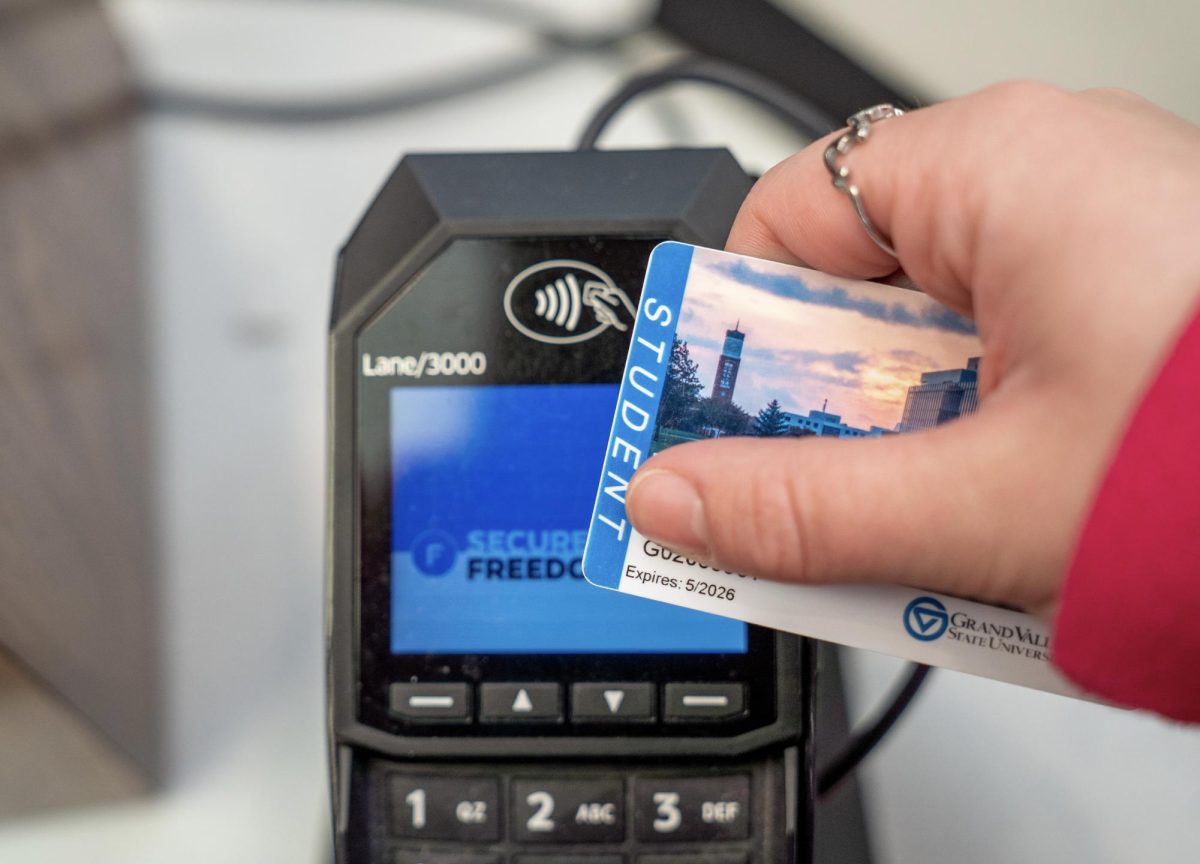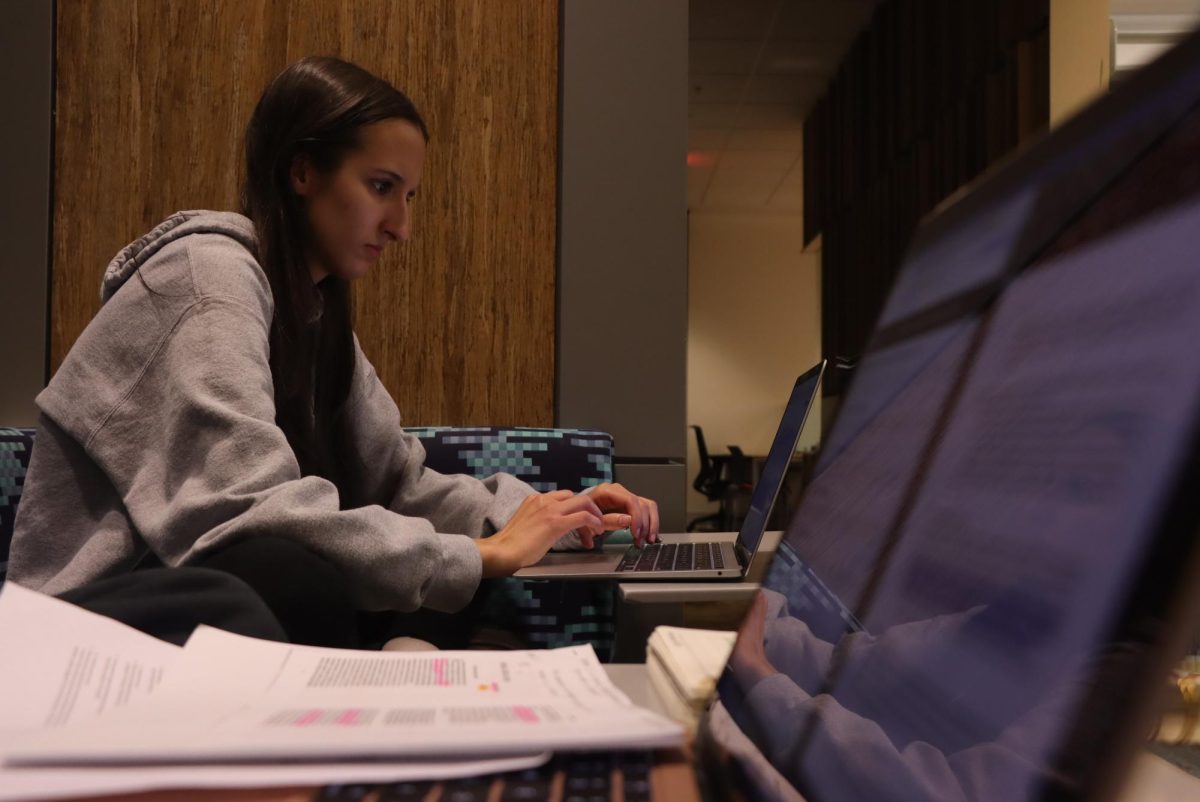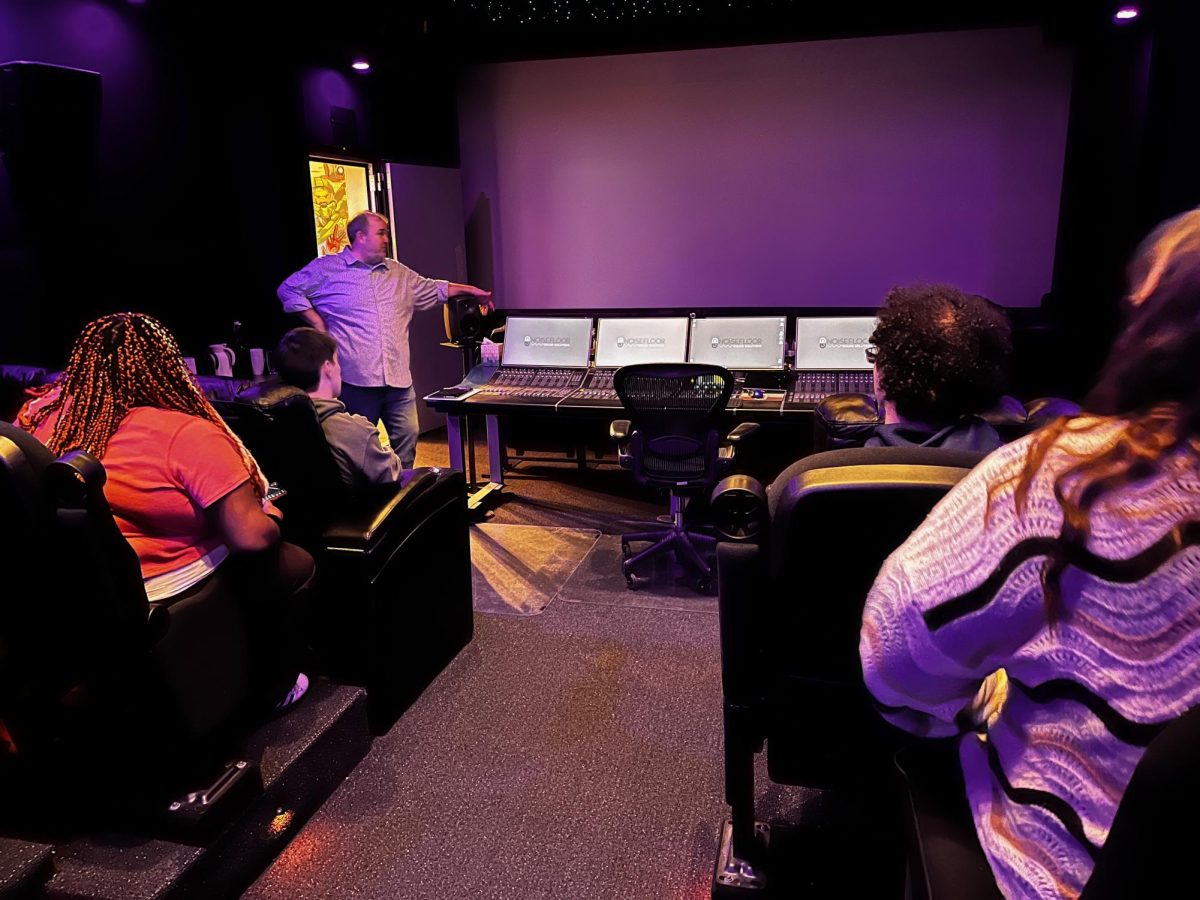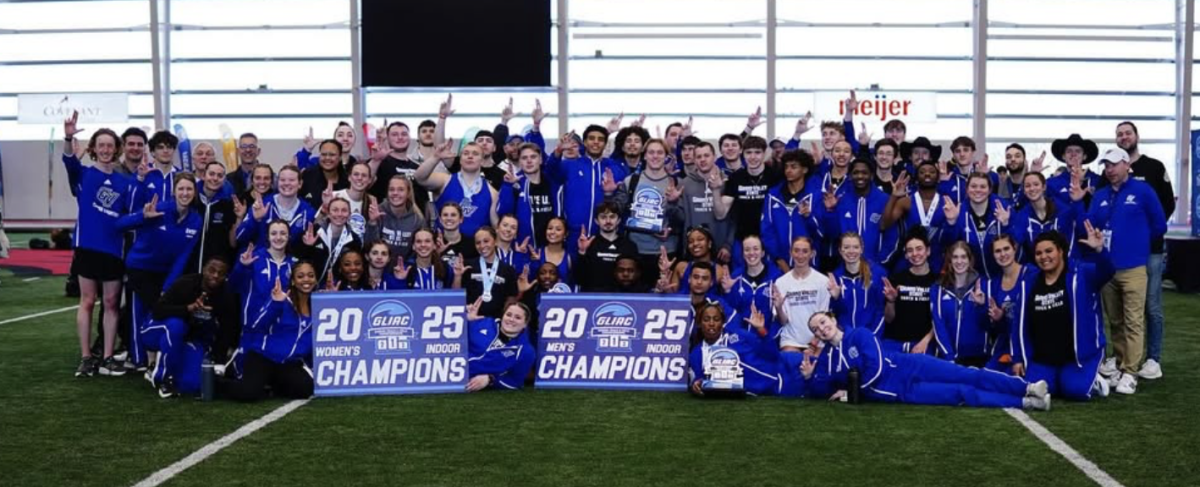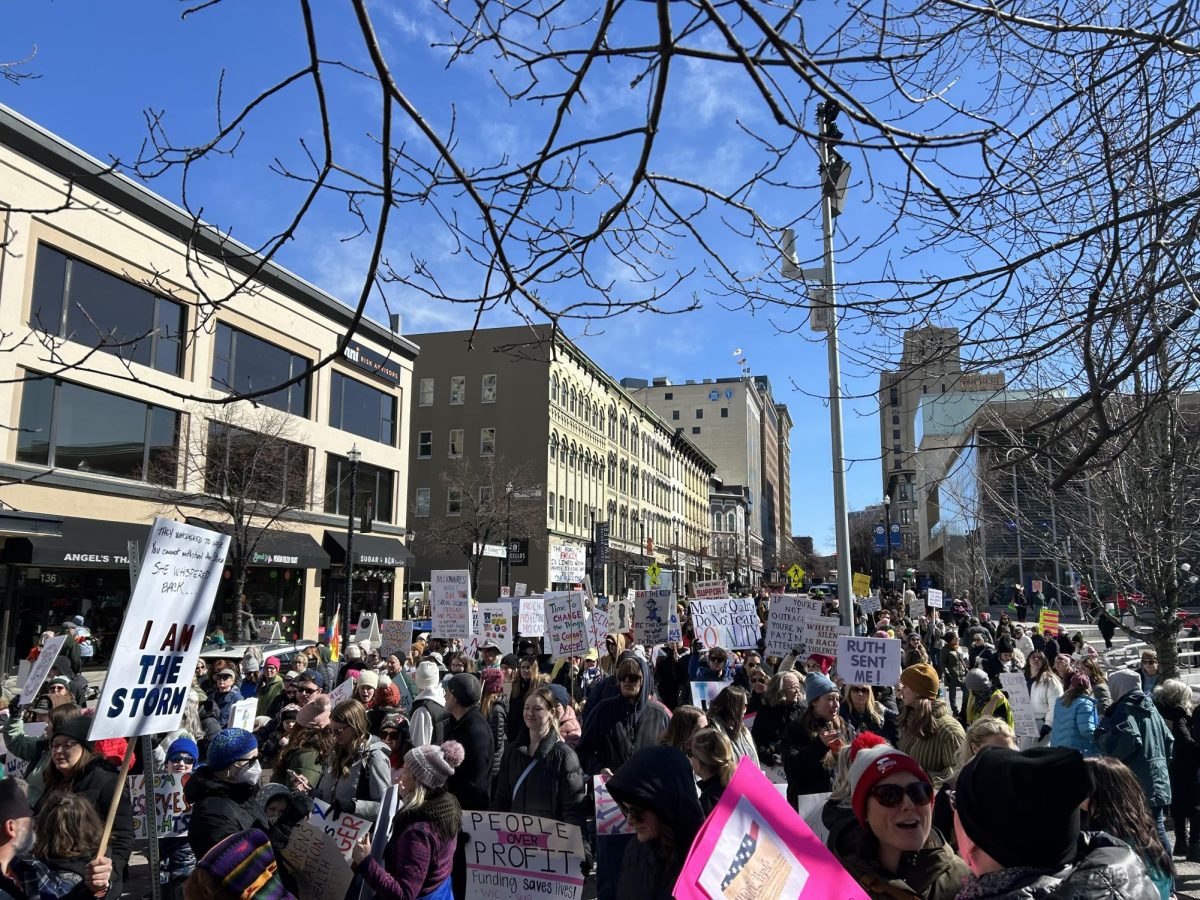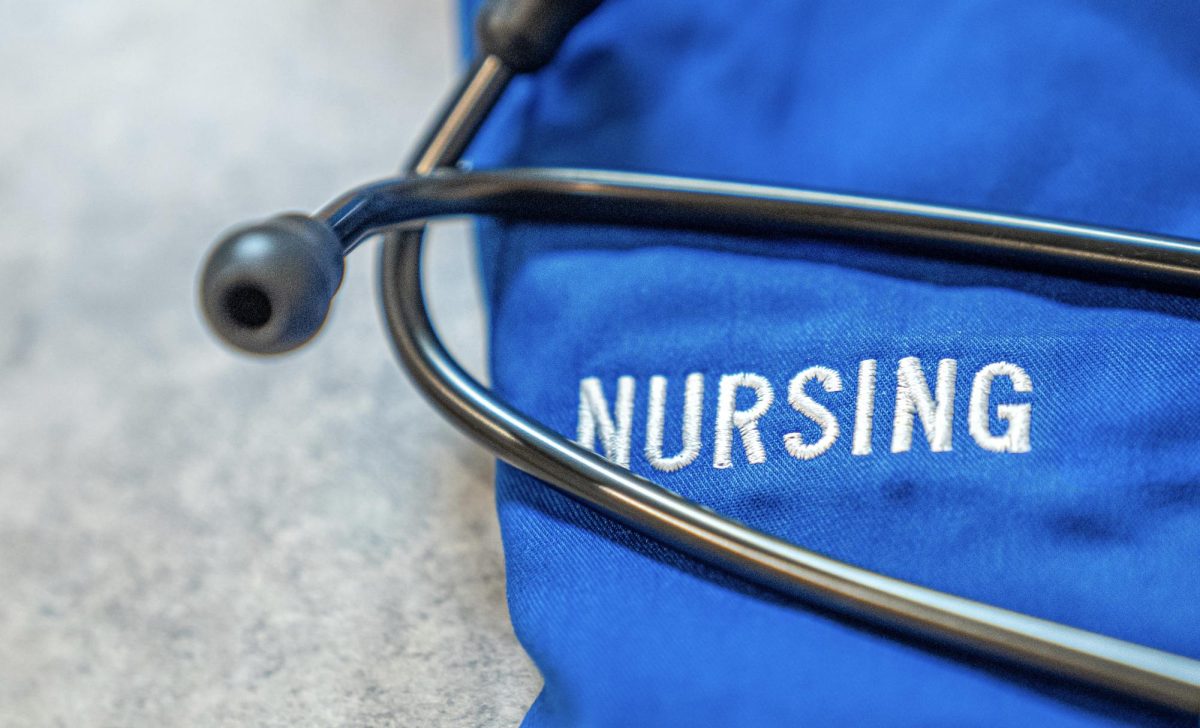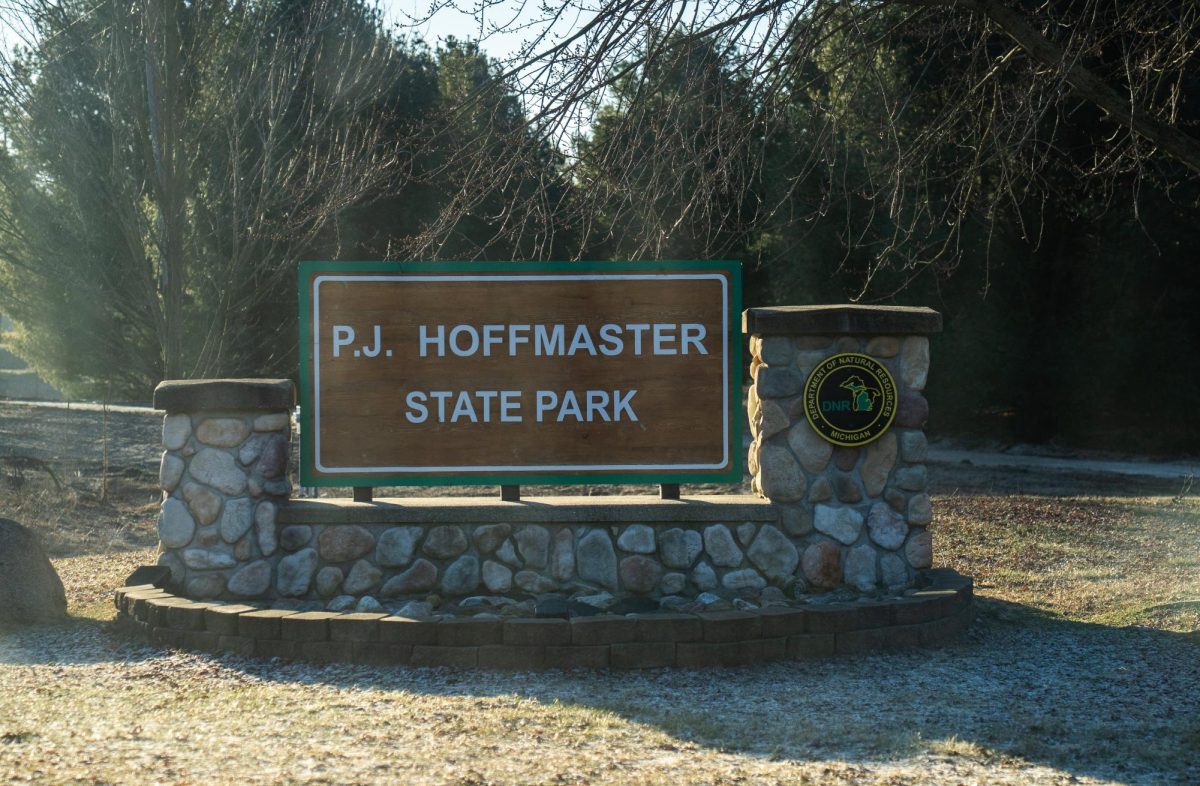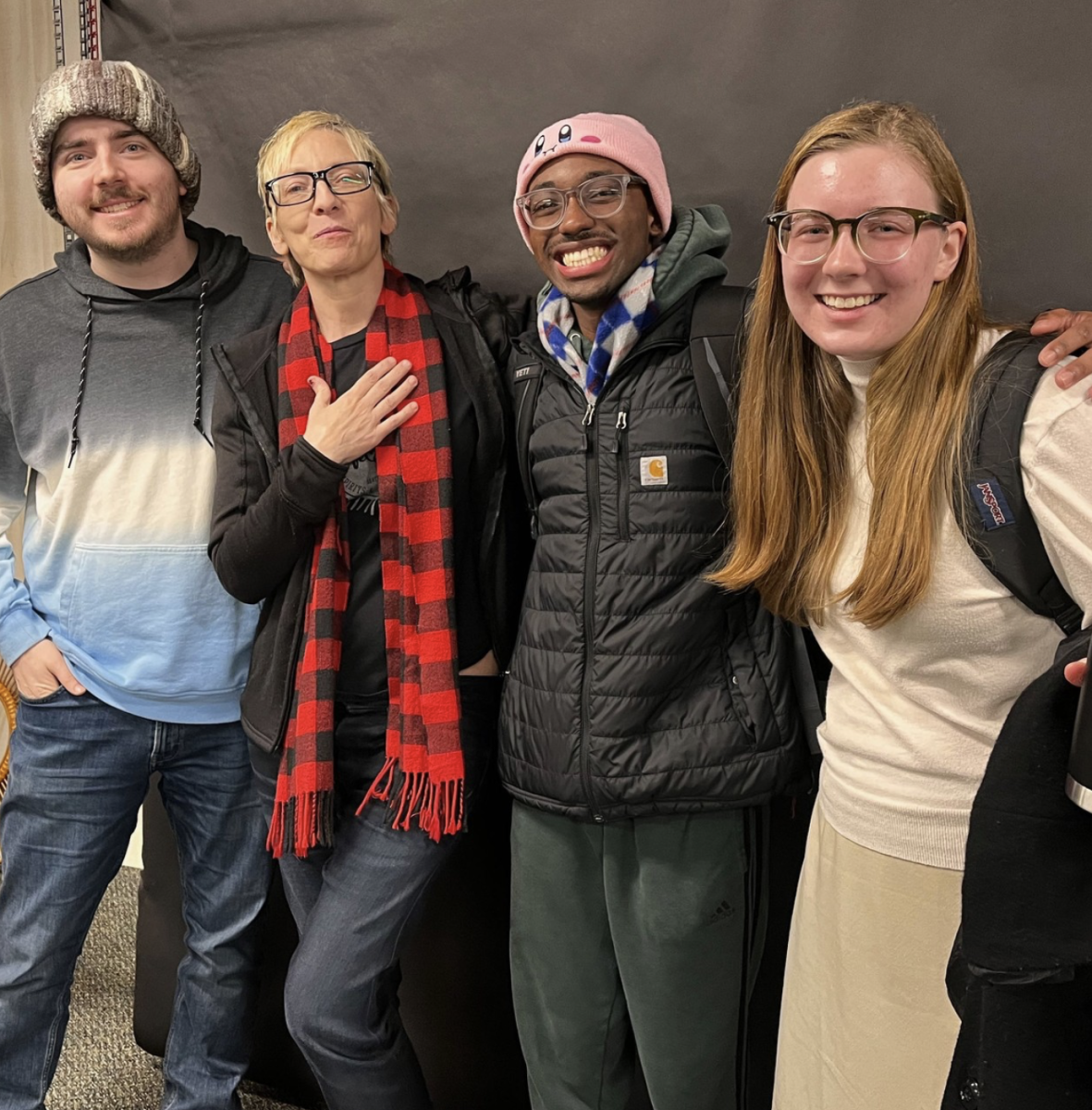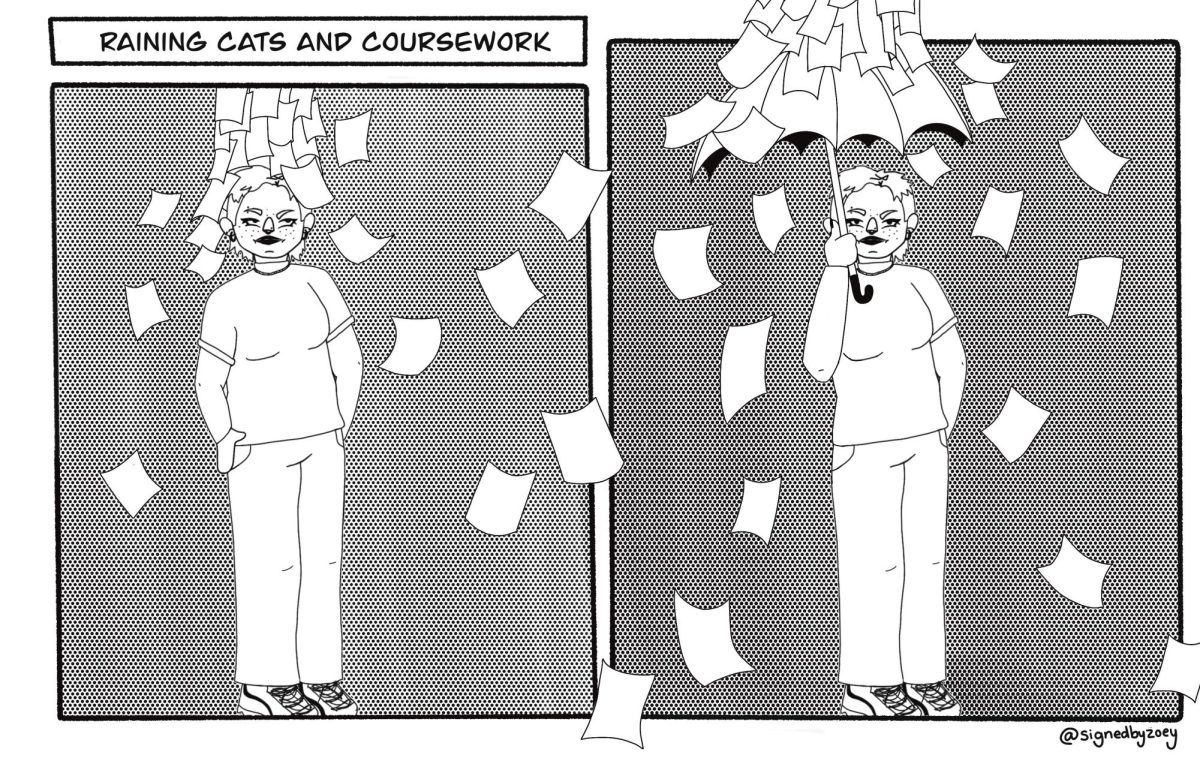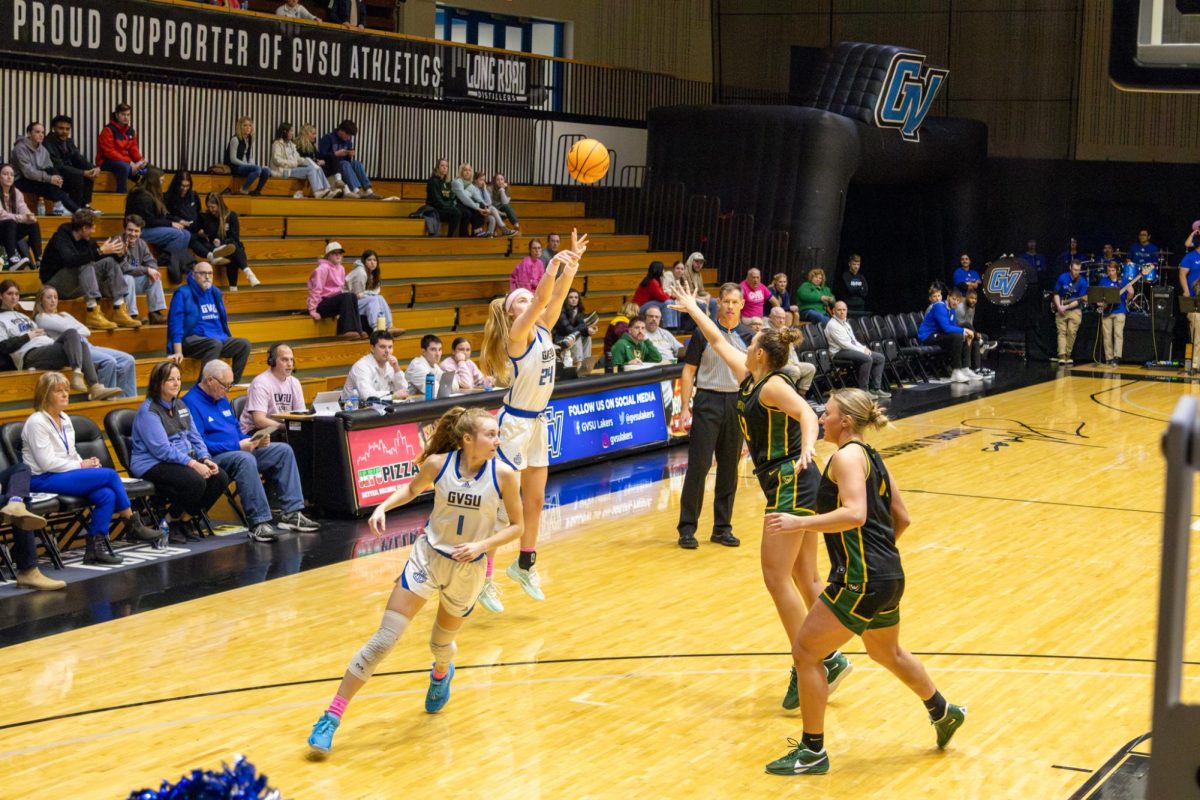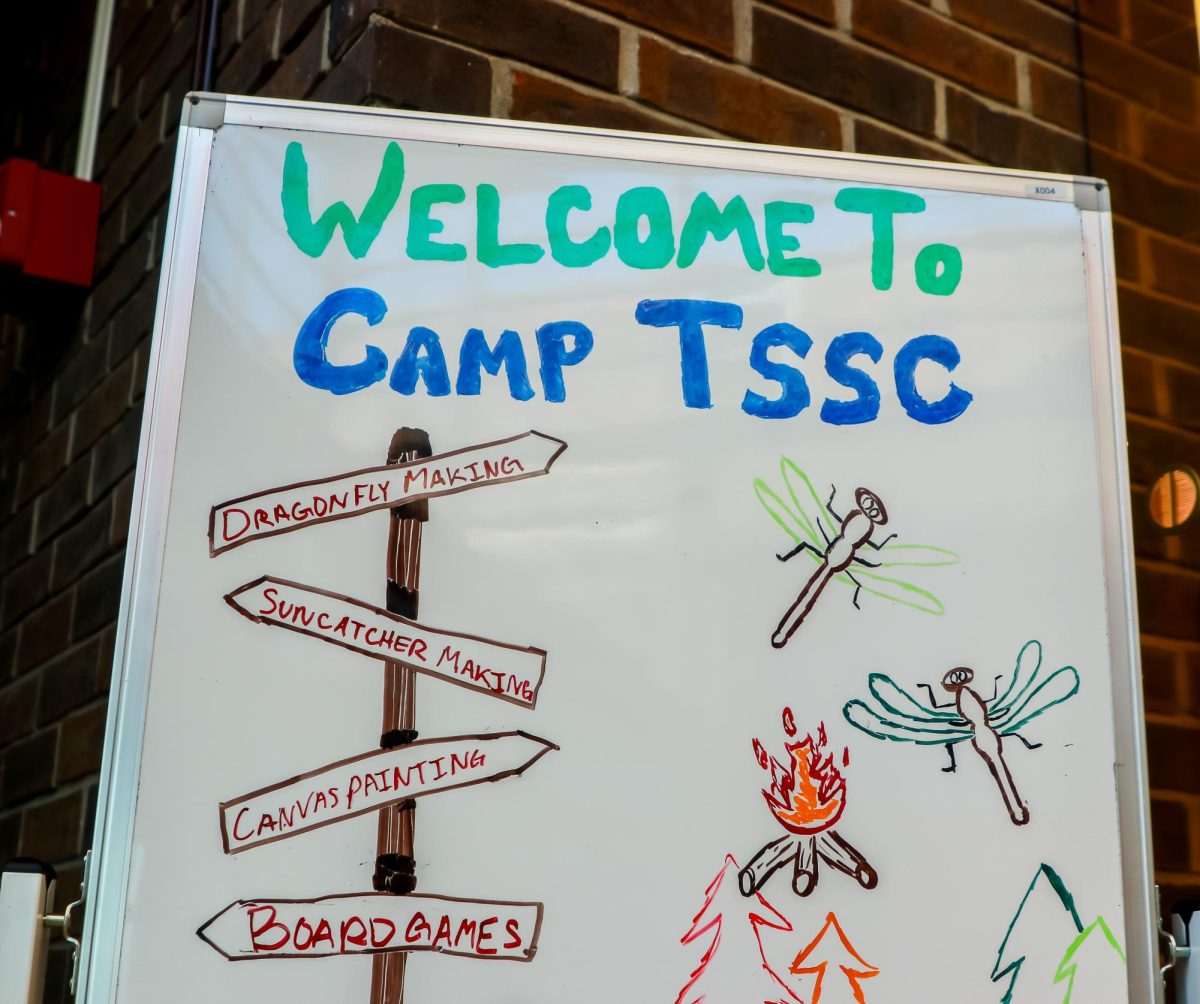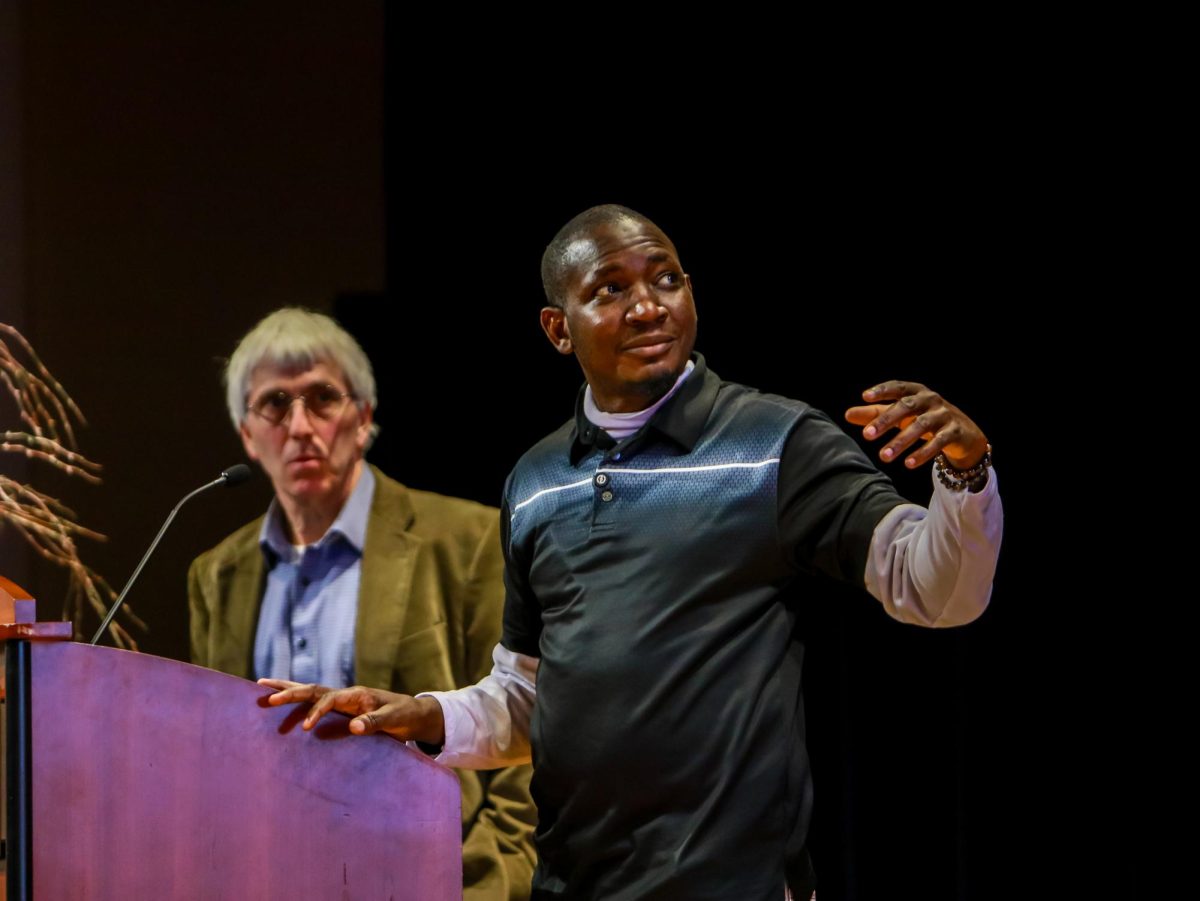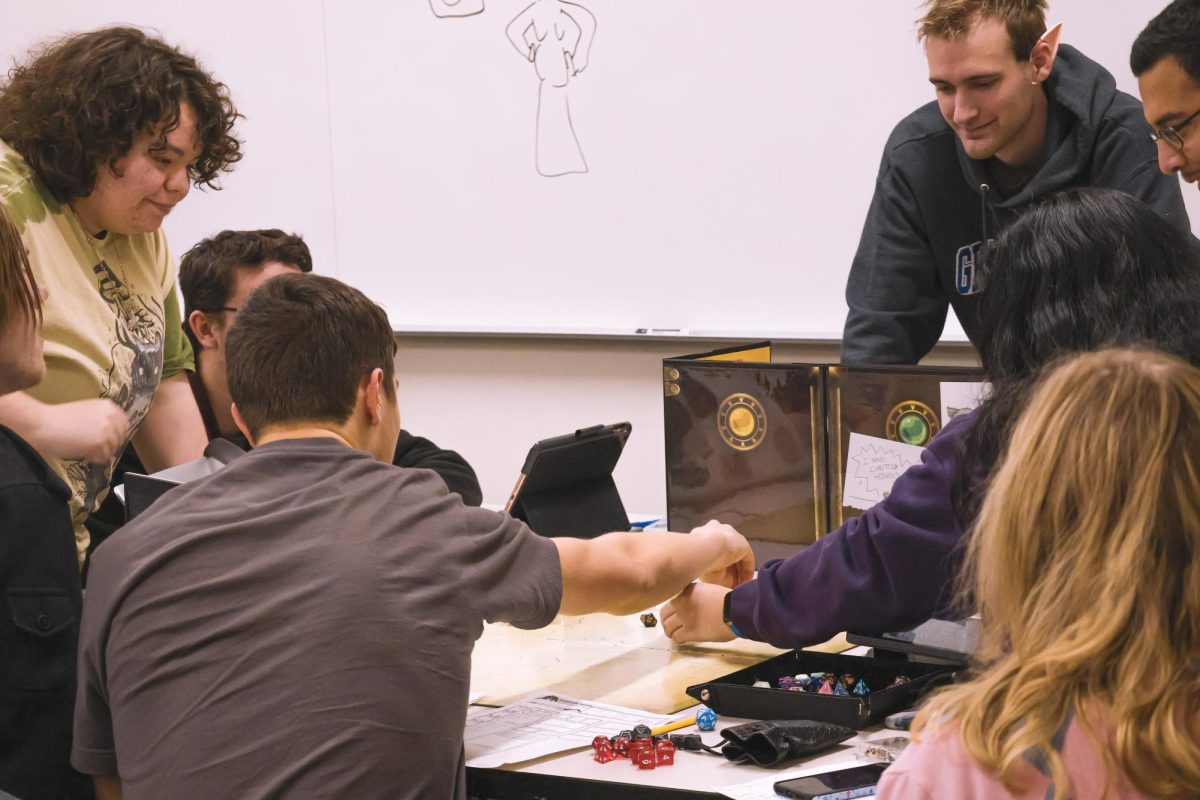Editorial: Media can skew public perception of crime
Sep 26, 2022
Since the onset of the COVID-19 pandemic, crime rates have surged throughout the United States. Reports and portrayals of crime – more specifically violent crime – draw a near-constant focus in news coverage at a local and national level. As we attempt to digest this influx of reporting online, in print and over the airwaves, the level of violence feels overwhelming.
This fixation on violence in the media and the minds of those who consume the news results in the potential vulnerability of subconscious prejudices that have an impact on social and political policy.
According to the Brennan Center for Justice, violent crime offenses as a whole rose by 5.2% in 2020 – murder, aggravated assault, robbery and rape. In its own category, the number of murders per 100,000 people rose nearly 29% in all cities and jurisdictions nationwide.
Even with crime rising with social interactions became more frequent as pandemic-era lockdowns were lifted, the John Howard Society of Canada reports that recent studies aren’t giving nearly as much attention to the real level of public risk. Instead, media stories are geared toward playing at the emotions of their audience with the goal of provoking anger, fear or sadness.
This can be seen in local instances at Grand Valley State University following reports of a shooting at Canvas Townhomes, an off-campus student housing complex in Allendale. This led to rumors on social media surrounding what sparked the occurrence, coverage from local news outlets and GVSU Safety Alert emails.
Emails were also issued to residents of Canvas from management regarding a “gathering policy” which created a “zero tolerance policy for social gatherings” following the shooting. This policy prohibited large groups of people and enumerated consequences for those who do not follow the policy. The complex attributed the occurrence to a large gathering that they said “attracted the wrong crowd.”
Although isolated shootings on off-campus housing have occurred recently and in years past, reports by the GVSU Annual Security and Fire Report states that five-total weapons offenses were cited between 2018 and 2020, four of which led to an arrest.
With these events happening later in the evening, misinformation can spread quickly online. Students sharing this online becomes a game of telephone, the information can spiral and appear worse than it actually is.
Proper coverage of crime allows the public to be skeptical and understand that each report must be viewed through a critical lens of circumstances that may not be covered in a single report’s label of it.
Understanding the benefit of a case-by-case analysis creates a better chance of not making generalizations of these occurrences in order to properly combat potential social harm and prejudices.





